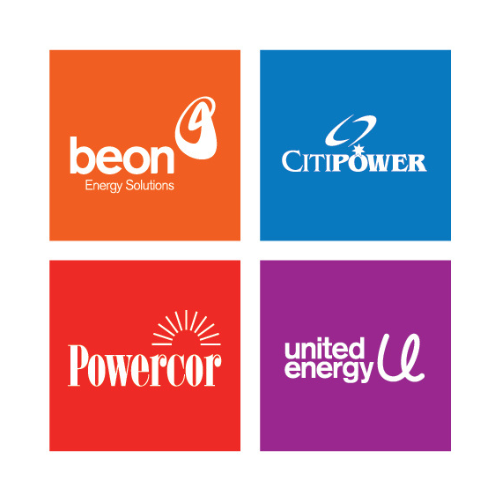You’ve spent HOURS perfecting your resume and filling in the online application questions, and then you get to the section where the employer asks you for a cover letter.
What do you do?
CitiPower and Powercor is here to answer everything you need and want to know about cover letters.
What is a Cover Letter?
A cover letter is your chance to personalise your application, introduce yourself, outline why you are applying for the job and spark interest from the recruiter to read your resume.
It might seem like it is not necessary as all the key information about your education and experience is laid out in your resume, but your cover letter is worth investing just as much time in as your resume to help you stand out.
Unlike a resume, which overviews your skills, experience and accomplishments, a cover letter is tailored to the job.
Should You Always Include One?
Unless the job advertisement says a cover letter is not required, you should always attach a cover letter with your resume when applying for a job.
“For our Apprenticeship, Traineeship and Graduate programs at Beon, CitiPower, Powercor and United Energy, we often receive hundreds of applications from candidates with similar education and experience. A cover letter is a key tool to shortlist which candidates will progress to the next step in our recruitment process,” explains Katrina Hall, Diversity Engagement Lead at CitiPower and Powercor.
7 Steps For an Interview Winning Cover Letter
Okay, so now you know you’ll often need to include one – how exactly do you write one?!
Don’t worry – CitiPower and Powercor has the best tips to help you get started!
1. Your Contact information
A cover letter follows a similar structure to a normal letter, so the first section should include your contact information. This is placed on the right side of the letter and will have the following details:
- Your full name, address, suburb, state and postcode
- Email address
- Phone number.
Next, on the left-hand side, underneath your details, you’ll put the company contact name, company name and address.
2. The Date
On the following line down, add the date on the right side (so it sits below your address).
3. A Salutation
You will now put who the letter is addressed to.
Hiring manager’s name not included in the job advertisement? To stand out, contact the company and ask to speak to the recruiter advertising the role and request the hiring manager’s name to put on your cover letter.
It’s more personal that way and shows you’ve used your initiative. If you can’t find out, you can address your letter to ‘Dear Hiring team’.
4. The Subject
Include the name of the position, along with the reference number (if applicable). This not only helps match you up with the job and shows you are clear in what you are applying for.
For example: Subject: [Name of Vacancy]
5. First paragraph
This should be 2-3 sentences long and include your current status (if you are a student or not), why you are interested in the job and the company.
6. Middle paragraph
The following paragraph is an opportunity to say how you are suited to the role. Check the job advertisement and/or the position description provided to see the key selection criteria for the role and match what you can bring that aligns well with this.
It’s a good idea to share relevant work experiences and extra-curricular activities.
7. Final paragraph:
This is the chance to round out the letter by noting any achievements you have, key selling points, and your willingness to learn and apply a committed work ethic to the job.
Thank the employer for their consideration and mention your resume is attached.
8. Closing
This last piece of advice is pretty straightforward. Keep your cover letter professional, with a simple sign of like this: Best regards, Kind regards, Yours sincerely, Thank you, These days, most cover letters are sent electronically and if that’s the case with your application, there is no need to add an electronic signature. Simply add your name at the end of the cover letter, contact number and email address using the same font as the rest of your letter.
Important Tips For Success
Now you’ve got a clear idea of how to structure your cover letter and what to include, follow these tips for an even higher chance of success:
- The cover letter should be less than one page long.
- Avoid overly long sentences.
- Always tailor your cover letter to the job.An application is all about showing how you’re a good fit for the role on offer, and it is always clear to the recruiter when you use a stock standard cover letter sent out for every job application.
- Spell check, spell check, spell check! Note, this will not pick up errors in a company name, e.g. Powercor, so double-check the company name on the job advertisement or website to ensure you have spelt it correctly.
- Try printing your letter out and then coming back to it fresh, or get a teacher, family member or friend with a good eye to look over it for you.
- Here are some examples to get you started.
Take the Next Step & Apply!
Now you’ve got everything you need to write a successful cover letter, why not try applying for your next opportunity?
CitiPower, Powercor and United Energy own and operate the electricity distribution networks servicing 1.9 million customers across 65% of Victoria. Through Beon Energy Solutions, they are also developing large-scale solar and wind farms and building major power infrastructure!
Find out more via their dedicated employer profile right here at Explore Careers.

